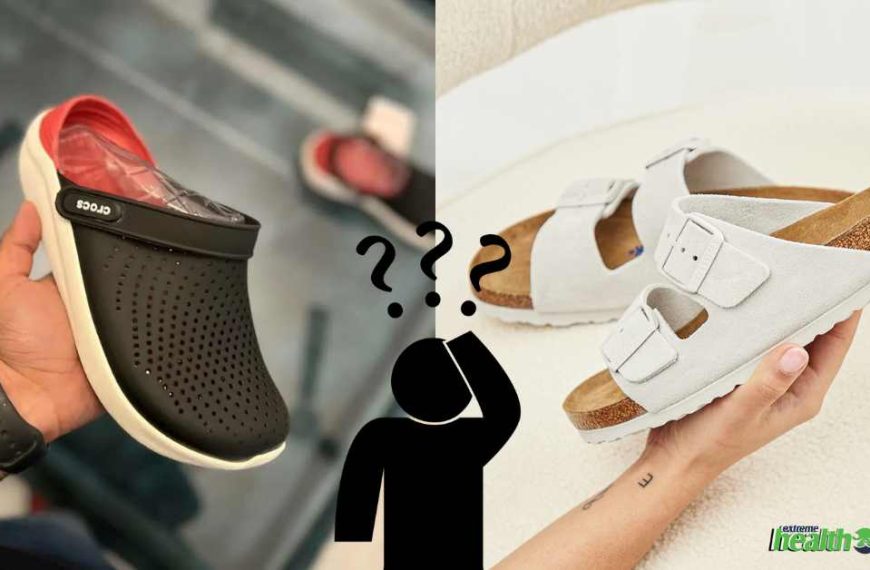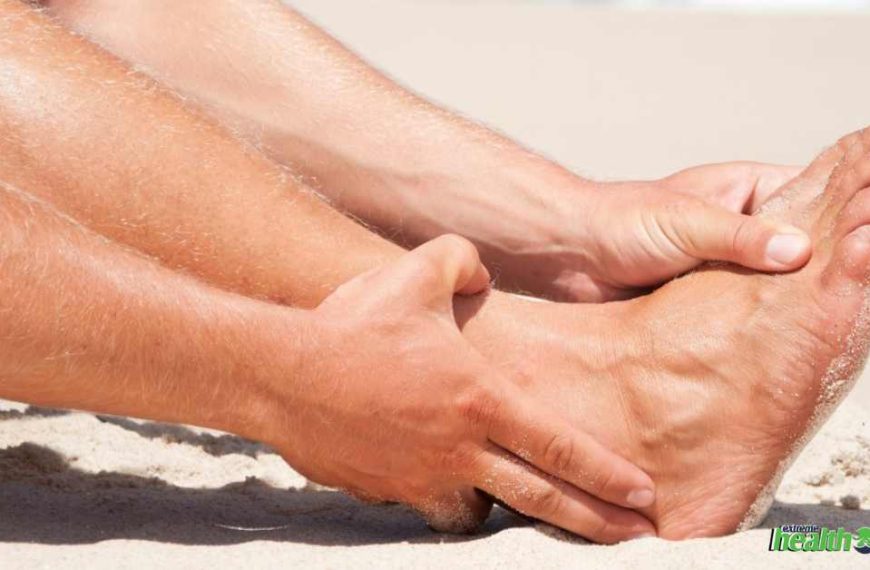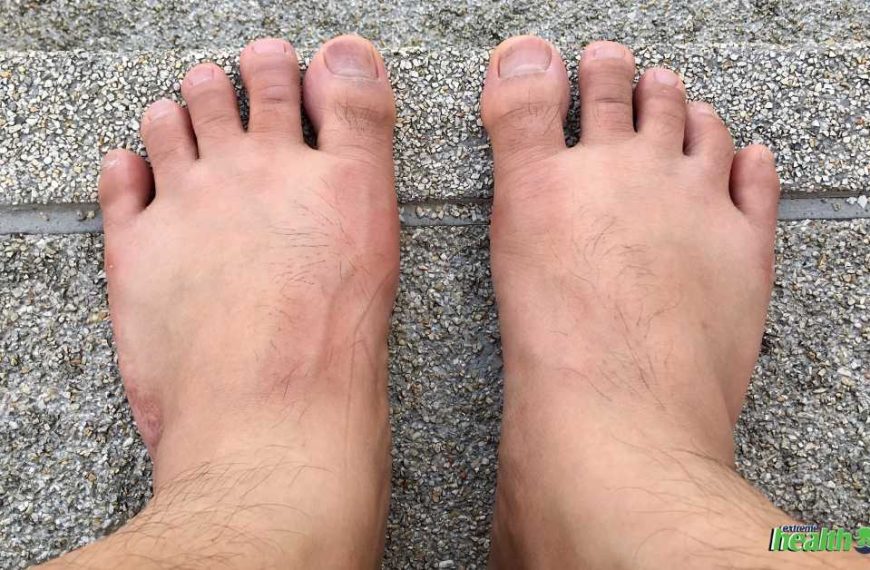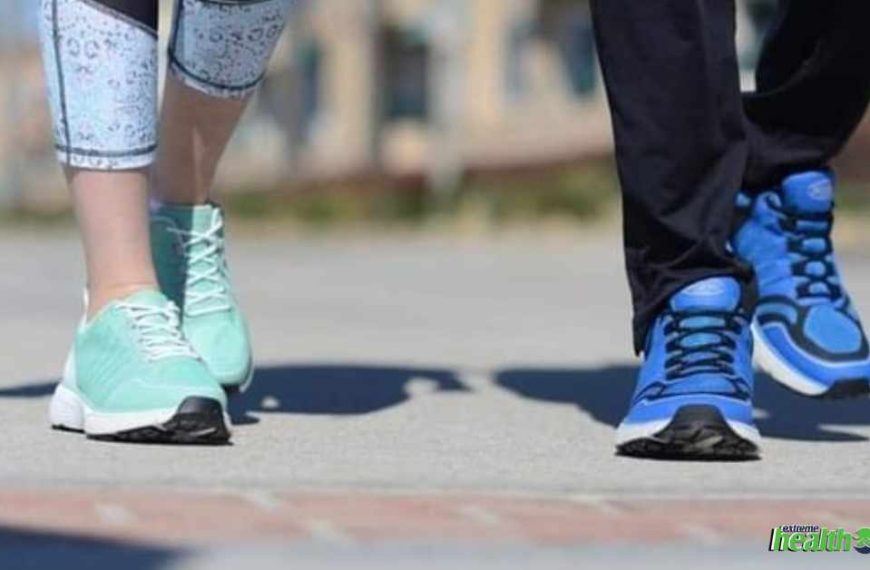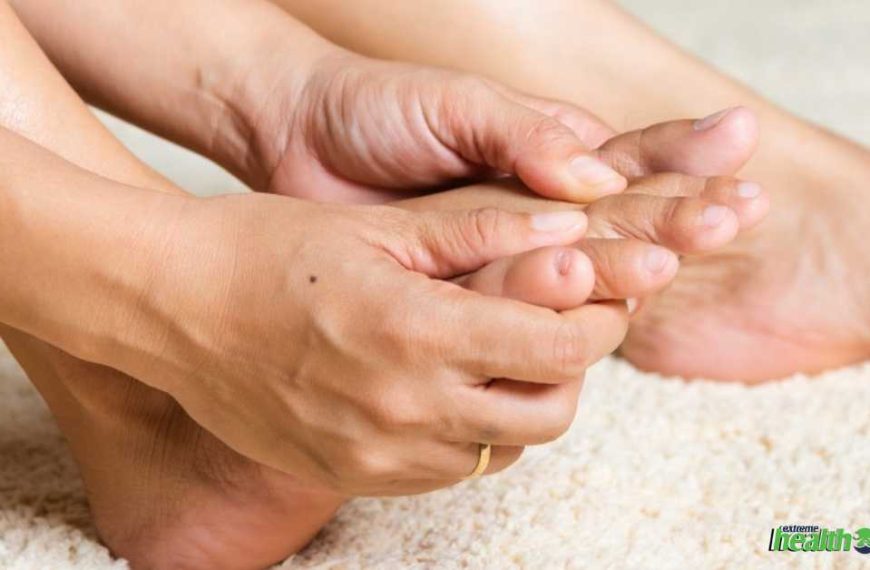Last Updated on July, 2024
Nerve pain due to neuropathy can be very unsettling. And certain symptoms that tag along make it inconvenient for some patients even to perform certain activities that they are used to doing on their own.
There are many treatment options available in western medicine for neuropathy nerve pain. But with the rising prevalence of neuropathy among adults being relatively high, people have been resorting to other alternative healing options.
Acupuncture for peripheral neuropathy is one such healing treatment that is popular among many peripheral neuropathy patients. This holistic approach is said to promote natural healing while alleviating nerve pain and providing many more essential benefits to the body.
In this article, we have discussed some essential information like what acupuncture is, styles of acupuncture, benefits, risks, and more to provide a broader picture of it and to help you decide if acupuncture could be for you too.
Quick Summary
Acupuncture is an ancient practice belonging to traditional Chinese medicine that involves using needles to target pressure points on the body.
Acupuncture is known to be effective in treating a variety of conditions, including neuropathy, and can provide pain relief and muscle relaxation.
There are various acupuncture styles, such as cutaneous, electroacupuncture, and moxibustion, that can be used to treat peripheral neuropathy, with potential risks including pain, bruising, injury, and infection.
Quick Navigation
- Peripheral Neuropathy in Short
- What is Acupuncture?
- How Does Acupuncture Help Treat Neuropathy?
- Acupuncture Styles for Neuropathy
- Cutaneous Acupuncture
- Electroacupuncture
- Moxibustion
- Acupuncture Treatment Plan For Peripheral Neuropathy
- Benefits of Acupuncture
- Improved Response to Pain
- Increased Relaxation
- Helps Switch Into Healthier Habits
- Helps Control Emotions
- Restoration of Blood Flow Within the Body
- Improved Muscle Healing and Performance
- Improves Effectiveness of Nerve Conduction Pathways
- Aids in Nerve Regeneration and Preservation
- Acupuncture for Neuropathy: Clinical Trial Outcomes
- Possible Risks of Acupuncture
- Frequently Asked Questions
- How Long Does it Take for Acupuncture to Show Effects of Nerve Pain?
- How Many Acupuncture Sessions are Required for Neuropathy?
- How Can Acupuncture Improve Circulation in Feet?
- How Does Acupuncture Re-Activate Nerve Function That Was Lost Due to Neuropathy?
- Final Thoughts
- Was this article helpful?
Peripheral Neuropathy in Short

Neuropathy is a general term used to refer to nerve damage. Likewise, peripheral neuropathy is damage to the peripheral nerves belonging to the peripheral nervous system, those that lie outside the brain and spinal cord.
Some common symptoms of peripheral neuropathy are numbness, weakness, tingling, burning pain, and sensitivity to touch in hands, legs, and/ or feet.
Various causes and medical conditions including diabetes (diabetic neuropathy), alcohol abuse, traumatic injuries, infections, autoimmune diseases, vitamin deficiencies and over-supplementations, metabolic problems, certain medications, and exposure to toxins, can give rise to peripheral neuropathy.
Peripheral neuropathy can affect sensory nerves that carry signals related to heat, pain, and touch, motor nerves that control muscle movement, and autonomic nerves that regulate heart rate, blood pressure, digestion, respiration, sexual arousal, and bladder function.
Peripheral neuropathy symptoms vary based on the person and affected nerve; numbness and tingling in the feet or hands sets in slowly and progresses onto the legs and arms, sharp electrical pain, extreme sensitivity, burning pain, muscle weakness, lack of coordination or paralysis when motor nerves are involved.
Bowel and bladder issues if autonomic nerves are affected.
If large nerve fibers are involved, the outcome can lead to loss of sensation and muscle weakness, affecting movement, balance, and stability. At the same time, the involvement of microscopic nerve fibers is limited to painful sensory symptoms and muscle wasting.
A typical treatment course for peripheral neuropathy involves addressing the underlying condition. In western medicine, the treatment of peripheral neuropathy is focused on symptomatic management.
What is Acupuncture?
Acupuncture is an alternative and complementary medicine component belonging to traditional Chinese medicine. An acupuncture treatment involves using solid, thin, metallic acupuncture needles penetrating the skin and targeting various pressure points in the body.
The effect of the needle insertion is brought about or activated through gentle and specific hand movement techniques by the practitioner or using electrical stimulation.
Acupuncture treatment is an ancient practice followed by traditional Chinese medicine practitioners who believe the human body has over 2000 acupuncture points that serve as natural energy flow (Qi or “chee”) pathways. (1)
These Qi flow pathways help balance energy within the body, thereby being responsible for overall health. A proper, balanced energy flow encourages the healing abilities of the body.
Disruptions to these energy pathways can cause diseases and illnesses. Blocked Qi causes stagnant blood flow leading to pain and illnesses. Restoring these Qi pathways supports healthy and natural healing.
According to current research in western medicine, acupuncture treatments activate pathways connecting the nervous system and the endocrine (gland) system, causing stimulation of nerves and muscles. This, in turn, promotes blood circulation and improves the body’s response to pain.
Acupuncture treats common ailments like back pains, headaches, and joint pain. It is also known to be effective in various conditions, including digestive, musculoskeletal, gynecological, emotional, neurological, respiratory, eye-ear-throat, and other miscellaneous (Ex: infertility, addiction, impotence) conditions.
How Does Acupuncture Help Treat Neuropathy?
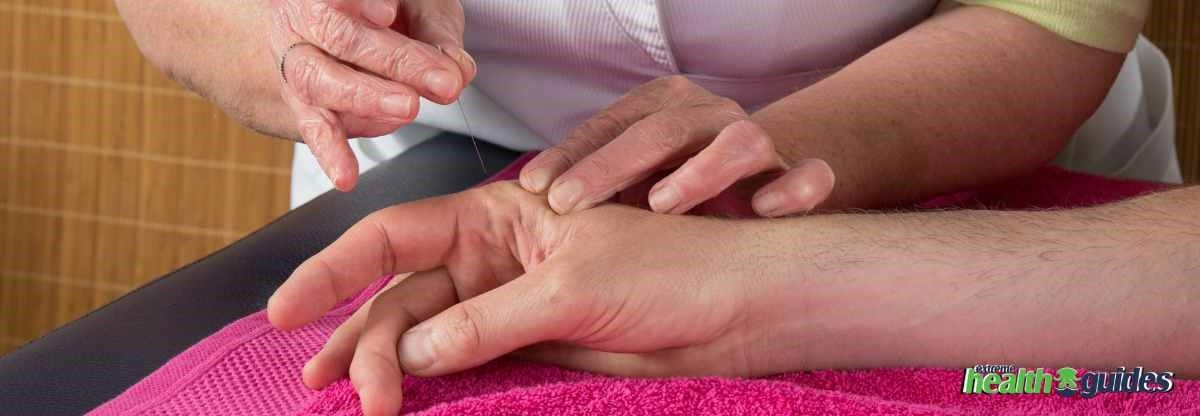
Although acupuncture therapy primarily focuses on treating migraines and chronic back pains, remarkable results have been reported in treating neuropathy. One of the most significant advantages of acupuncture for neuropathy is pain relief, followed by muscle relaxation.
The main idea behind acupuncture for neuropathic pain is to keep the nerves active and engaged in their function, helping resolve and prevent the condition from worsening. But patients with peripheral neuropathy suffer from many more uncomfortable symptoms apart from the pain affecting overall health and well-being.
Following are a few additional symptoms of peripheral neuropathy that acupuncture therapy can help mitigate;
- Paresthesia/ numbness in hands, arms, legs, and feet
- Muscle weakness
- Digestive issues
- Blood pressure changes
- Glove and stocking pain/feeling
- And many more
Acupuncture Styles for Neuropathy
A few acupuncture styles followed for neuropathy patients include;
Cutaneous Acupuncture
The cutaneous acupuncture style is commonly used in treating peripheral neuropathy. This involves superficial stimulation using specific acupuncture needles. These small, fine needles have handles attached to the top part for easy use.
The affected area is slightly tapped for superficial penetration, starting from the extremities and working into the legs and arms. This encourages a smooth flow of Qi and blood.
Electroacupuncture
The electroacupuncture style is a promising technique that delivers excellent results in treating and relieving certain symptoms of peripheral neuropathy.
This method involves the application of small electric currents between pairs of acupuncture needles to stimulate acupoints effectively. It efficiently treats pain and promotes the restoration of better health and well-being.
Moxibustion
As the name implies, this method involves combustion. Combining acupuncture with Chinese herbs can deliver excellent results in treating peripheral neuropathy.
So this form of therapy consists of the burning of mugwort leaves to enhance healing with acupuncture. The heat released by burning this dry medicinal herb is supposed to activate acupuncture points.
Moxibustion helps relieve the degree of pain, “pins and needles” feeling, and numbness associated with peripheral neuropathy.
Acupuncture Treatment Plan For Peripheral Neuropathy
Be sure to find a licensed acupuncturist to perform your sessions!
Based on your current health state and medical history, your acupuncturist will suggest a customized treatment plan and the number of sessions for you. But a typical plan for pain relief will include ten sessions lasting at least 60-90 minutes during the initial visits and 45- 60 minutes later.
Benefits of Acupuncture
Improved Response to Pain
Acupuncture encourages the natural release of endorphin hormones that can block the perception of pain. They act as natural painkillers. This allows your body to tolerate pain better, which will significantly help relieve painful symptoms associated with peripheral neuropathy.
Increased Relaxation
The release of natural brain chemicals helps the body relax, taking it into a euphoric state.
Helps Switch Into Healthier Habits
The reduced stress levels help curb food cravings, prevent emotional eating, and boost one’s willpower to make healthier choices like healthy weight management through better food choices.
Helps Control Emotions
Weak and damaged nerves have negative effects on a person’s mood. Negative emotions like anger, guilt, disappointment, and loneliness can be associated with nerve damage.
In western medicine, this issue is often addressed by prescribing antidepressants to keep mood changes under check, but these medications may not produce lasting results.
Acupuncture treatment can help treat anxiety, depression, and mood swings by improving a person’s emotional health and stabilizing the mood.
The release of Qi energy increases levels of dopamine, endorphins, and norepinephrine that assist in maintaining a positive mood state.
Restoration of Blood Flow Within the Body
Acupuncture treatments stimulate the release of nitric oxide (NO) in the body. NO is a crucial regulator of localized blood flow. So increased levels of NO support better blood flow and circulation into the tissues.
Improved Muscle Healing and Performance
Applying acupuncture therapy in painful muscle areas, ligaments, and surrounding tissues due to injury or scar tissue formation helps ease muscle tension and relieve soft tissue constriction. This aids in regaining muscle function and range of motion.
Improves Effectiveness of Nerve Conduction Pathways
The restored and improved blood flow pathways efficiently reach the blood vessels supplying the damaged nerves. This provides the necessary nutrition supply to keep the nerve fibers revived to help perform their function better.
Aids in Nerve Regeneration and Preservation
Continuous and routine acupuncture treatments maintain a better blood flow for active nerve conduction. Over time, this rich supply of nutrients helps preserve the form and function of nerve fibers while aiding in the regeneration of small nerve fibers.
Acupuncture for Neuropathy: Clinical Trial Outcomes
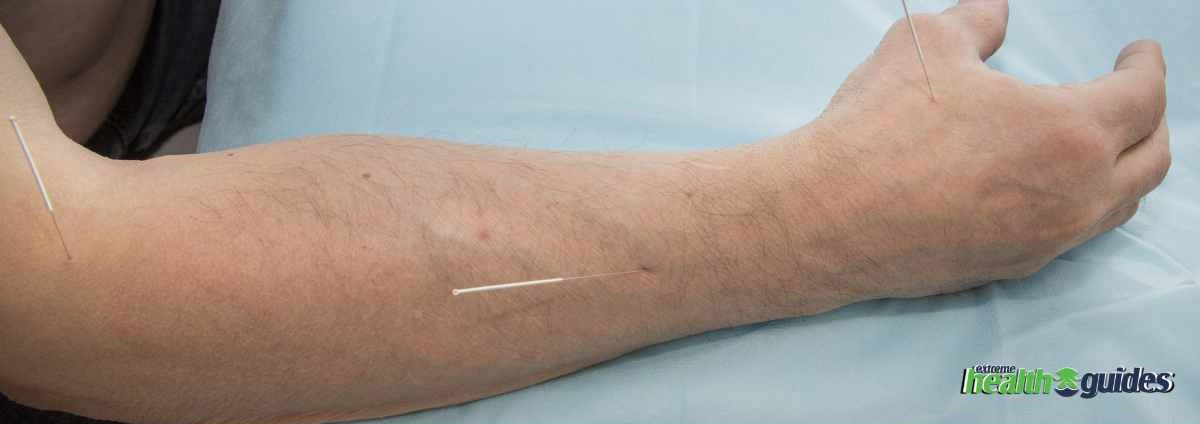
The Neurology wellness clinic at the Oregon Health & Science University (OHSU) in Portland conducted a research study to determine the safety and efficiency of using acupuncture to treat peripheral neuropathy. Additionally, the effectiveness of acupuncture for neuropathy due to various reasons was also evaluated.
Through a systematic review of 46 clinical trials, 13 qualifying randomized controlled trials of acupuncture were chosen to compare against sham acupuncture and standard medical therapy.
This led to the conclusion that acupuncture is effective in treating diabetic neuropathy, Bell’s Palsy, carpal tunnel syndrome and is likely effective against HIV-related neuropathy.
The OHSU clinic routinely treats patients with neuropathy, and those with idiopathic neuropathy show the best results.
The clinic claims that these treatments typically consist of both manual acupuncture and electroacupuncture every week, spanning out from 6-8, sometimes ten weeks, followed by a gradual transition into every other week, every third week, once a month, and eventually maintenance treatment once every 2-3 months.
Note: some patients noticed improvements with ten treatment sessions, but some had to go through up to 25 sessions. So it’s important to note that the recovery rate depends on the patient’s age, root cause, and severity of the condition.
Possible Risks of Acupuncture
Acupuncture is a low-risk treatment as long as a licensed acupuncturist performs it.
Since acupuncture involves needle insertion through the skin, it could make you prone to the following side effects;
- Pain and bruising– Minor pain and discomfort, sometimes with slight bleeding, can be expected at the needle sites
- Injury– Improper insertion technique can cause injury through deep skin penetration that can even reach an internal organ
- Infection– The use of unsterilized needles can cause life-threatening infections
Frequently Asked Questions
Final Thoughts
To treat your peripheral neuropathy nerve pain, it is vital that you choose wisely the treatment options that can effectively cater to you.
Acupuncture is a gentle and minimally invasive therapy that can produce excellent results. But patience and persistence are key for acupuncture therapy to allow the healing process to take its due course. Also, it is important that you follow your practitioner’s instructions to notice significant improvements.
Additionally, if you experience any abnormal pain or irregular symptoms after your acupuncture sessions, we recommend you talk to your doctor about it.
Was this article helpful?
Was this article helpful?

